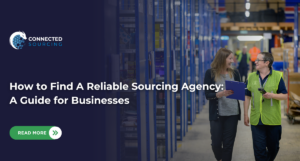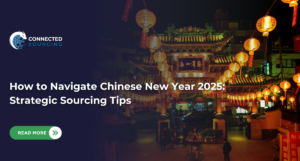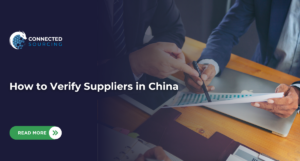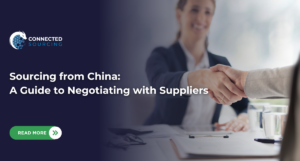
China remains a top choice for manufacturing, but language and cultural differences can make communication with Chinese suppliers a challenge.
Even if you don’t speak the local language, these tips can help ensure effective communication with your chosen manufacturer:
1. Understand the Language Landscape and Cultural Nuances
China boasts a rich variety of languages and dialects across the nation. While Mandarin is most common, Cantonese and Hokkien are spoken in many regions. Some manufacturers in China may have employees who can communicate in English but at varying levels of proficiency. This is where clear communication becomes essential.
Beyond language, be mindful of cultural differences. Indirect communication is more common in China. Make sure to avoid being too direct and confrontational as this may be viewed as rude. Maintain politeness and respect hierarchy when interacting with Chinese suppliers.
2. Bridge the Language Gap with Clarity and Structure
To talk effectively with Chinese manufacturers, keep your language simple. Use short sentences, common terms, and straightforward replies. Emphasize key points and your specific needs.
Structure is also important. Break down complex projects into easy-to-understand parts. Avoid sending long emails to avoid confusion and miscommunications. Instead, consider using bullet points or numbering for clarity.
A bilingual helper or translator can bridge language gaps effectively. Many global sourcing companies offer these services to facilitate communication with Chinese suppliers. Partnering with a reliable sourcing agent can streamline communication.
3. Establish a Communication Plan
Structured communication will keep things running smoothly once production starts. Use templates and consistent formats for emails and other written communication to make it easier for both you and the supplier.
Schedule regular check-ins to discuss progress and keep everyone informed. Decide how often you’ll communicate and what methods you’ll use (e.g., weekly email updates, monthly video calls). Finally, assign clear communication responsibilities and designate point people on each side to avoid confusion.
4. Build a Feedback Loop
Open communication is key to a successful partnership between you and your supplier. Feedback is a two-way process, and it will help ensure everyone is on the same page. Schedule regular progress updates to identify and address any concerns early on. Encourage open communication so issues can be raised and resolved quickly.
5. Manage Timezone Differences
Consider the time difference when communicating with your supplier. Identify overlapping work hours for faster communication. Explore using WeChat, China’s equivalent of Whatsapp, for quicker exchanges. This can be more dynamic than email, which can be slowed down by time zone differences.

Frequently Asked Questions
Do I Need to Speak Mandarin?
Not necessarily! But understanding these tips and potentially partnering with a Mandarin-speaking sourcing agent can make things a lot easier.
What if My Supplier Doesn't Speak English Fluently?
Many global sourcing companies offer translation and interpreter services. Consider working with a sourcing agent who can manage communication for you.
Is WeChat the Only Way to Communicate?
While WeChat is popular, email is still widely used. The best method depends on your supplier's preference. Discuss communication methods during the planning stage to find a solution that works for both of you.
Why Use a Sourcing Company?
Sourcing companies can bridge the language gap, translate documents, handle negotiations, and ensure clear communication throughout the process. This frees you up to focus on other parts of your business, knowing communication is running smoothly.
By following these communication best practices, you can bridge the gap and build strong, successful partnerships with Chinese manufacturers. Remember, clear communication is the foundation of any global sourcing journey.
Connected Sourcing can help you navigate your sourcing process by providing an end-to-end solution, including communication with your suppliers. Contact us today to learn more!




















